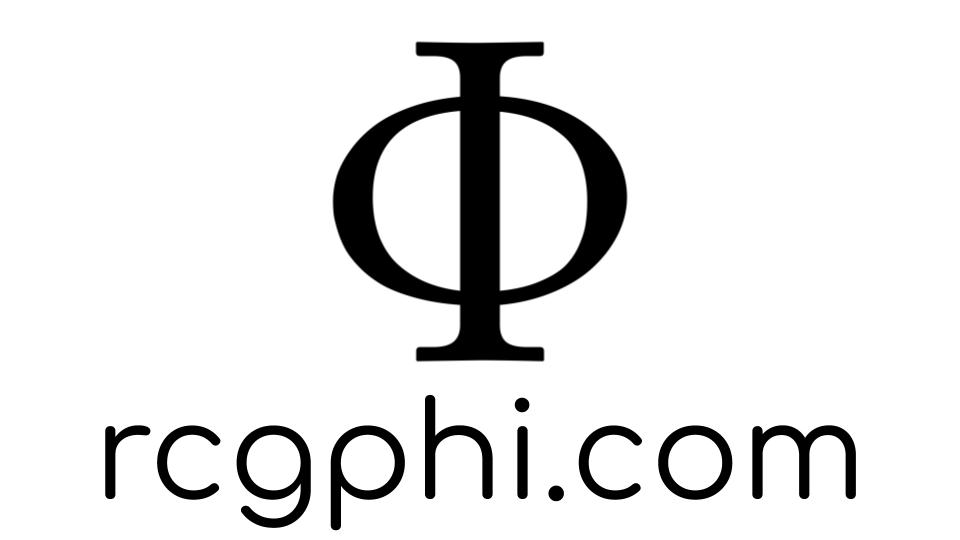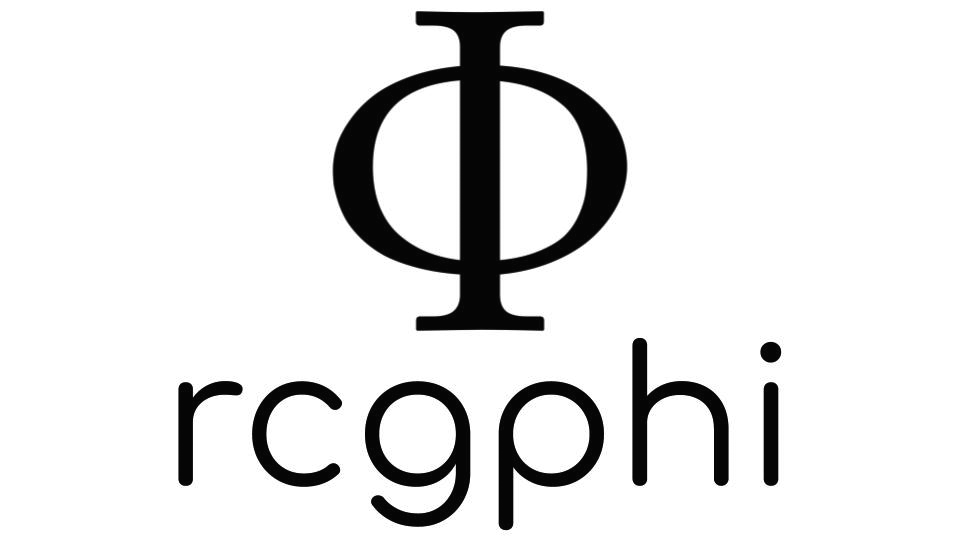TL (Pt. II)

If the task of philosophy is to break the domination of words over the human mind [...], then my concept notation, being developed for these purposes, can be a useful instrument for philosophers... I believe the cause of logic has been advanced already by the invention of this concept notation.
Gottlob Frege, Preface to the Begriffsschrift, 1879
The Unexpected Virtue of the Esoteric
Academia features both disciplines with very practical aims and goals and disciplines that are extremely esoteric (i.e., likely to be understood by only a small number of people with a specialized knowledge or interest). On the practical end, it doesn't get much better than medical research. In fact, in a 2017 study, researchers attempted to quantify the difference in social costs and social benefits of different employment types to see which jobs were the most socially valuable. Admitting that several factors taken into consideration might be considered subjective, the researchers produced a list that matches many of our intuitions. What job is the most socially valuable? In other words, what job has the highest social benefit and incurs the least social cost? You guessed it: medical researchers (see Lockwood, Nathanson and Weyl 2017).1
On the other hand, mathematicians themselves have been known to apologize for the "pointlessness" of some of their abstract work. Famously, G.H. Hardy "apologized" that pure mathematics was devoid of any possible applications (Hardy 1992, originally published 1940). In many cases, it was inquiry for the sake of inquiry that drove mathematicians to search for solutions to strange problems in their field. One might think that the problem that Gottlob Frege (1848-1925) was trying to solve is one of these problems that mathematicians/logicians need to "apologize" for. But they'd be wrong...
“[B]y the middle of the nineteenth century, mathematicians and logicians were pondering this question: What is the relationship between mathematics and logic? Some argued that mathematics is a outgrowth of pure logic. Others argued that logic is an outgrowth of pure math. The German mathematician Gottlob Frege developed the first formal logical language… as part of his quest to prove once and for all that mathematics is, in reality, just a branch of logic” (Herrick 2013: 469).

Logicism
Some mathematicians in the middle 1800's had honed in on a question about the primacy of logic and mathematics. They wondered: Which is more fundamental—logic or mathematics? A view that became popular is that of logicism. Logicism is the view that mathematics can be derived out of logic; i.e., it is the view that logic is the root and mathematics is one of the branches. Put yet another way, this is the view that logic is more fundamental than mathematics.
Frege wanted to prove that logicism is true, but he faced the following problems:
- A deductive method of mathematical proofs had not yet been invented.
- Foundational theorems cannot be accurately expressed in natural language.
In the last lesson we saw how natural language really is too ambiguous to achieve deductive certainty. Frege recognized this and knew that this signified that he lacked the tools to prove logicism. In what I consider to be a stroke of genius, Frege solved his problem: he simply invented the world's first formal language for logic.2
A formal language is a language designed for a specific domain, like mathematics, logic, or computer programming, with fixed symbols, meanings, and rules of grammar. Frege planned to define the most basic mathematical computations in this formal language thereby showing the primacy of logic. This is because he would attempt to prove that mathematics can be derived out of logic. In merely attempting to perform this esoteric task, he solidified his position in the history of logic, mathematics, and computer science.
“Before the nineteenth century, logicians used few symbols in their theorizing... Frege’s ‘formal’ language allowed logicians to simplify expressions of extremely complex ideas, and this in turn led to enormous advances in logical theory. Incidentally, the new symbolic logic… also greatly advanced our understanding of language and also laid the conceptual foundations of computer science” (Herrick 2013: 423; emphasis added).
It's difficult to convey just what a paradigm shift Frege ushered in. I'll close this section with some quotes on how abstract symbols serve as an immensely powerful aid in reasoning:
- “Many scholars of literacy would also argue that written language makes certain forms of reasoning, if not possible, at least more accessible” (Tomasello 2014: 142).
- “Had it not been for the adoption of the new and more versatile ideographic symbols, many branches of mathematics could never have been developed because no human mind could grasp the essence of their operations in terms of the phonograms of ordinary language” (Lewis and Langford 1932: 4).


Important Concepts
Working with TL

Practice Problems
Translations
Directions: Translate the following English sentences into TL using obvious letters for the sentence constants, e.g., use "S" for "Samantha is a student."
- Either Samantha is a singer or Juan is a guitar player.
- Jaclyn knows sign language and Jason has a dog.
- If Olie plays video games then Irazema is a chef.
- Hugo has a pet banana if (and only if) Patricia is married to Tim.
- If Amanda is a bartender, then RCG is a patron and Anabelle is the hostess.
- Either Tomás lives in Seattle and Lucía lives in Denver, or Tomás lives in Seattle and Mauricio lives in Cancún.
- It’s definitely not the case that Lucía lives in Denver and at the same time Mauricio lives in Cancún.
- If Sarah makes chicken pot pie then Lisa will make martinis.
- If Lisa makes martinis, Sarah will make chicken pot pie.
- It’s not true that it’s not the case that Angie is an atheist.
Identifying the Main Operator
Directions: Identify the main operator in the following:
- ~[(O ∨ I) ⊃ (H ≡ P)]
- (~U & ~I)
- (([V ≡ J] & [D ≡ E]) ∨ [K ⊃ C]) ⊃ A
- ~[(O ∨ M) ⊃ (T ≡ M)]
- [(T & L) ∨ (T & M)] & ~[(L & M) ∨ Q]
- ~~~~~~O
Tablet Time!
Food for thought...


A glimpse at truth-tables...
Below is a slideshow introducing you to the concept of a truth-table. The general idea is to show the conditions under which different truth-functional propositions are either true or false. "P" and "Q" are metavariables that represent any simple or compound sentence. Hence, the way that you use these tables is: a. you decide what the main operator is for the sentence as a whole, and b. you use the corresponding truth-table to figure out its truth-conditions. For example, for the sentence "(A & B) & C", the main operator is the second "&". As such, you refer to the truth-table for the & connective. It turns out that this compound is only true when both conjuncts are true. We'll get more practice with these in the lessons to come. For now, it is best to memorize these tables. Have fun!

FYI
Homework!
- Memorize the truth-tables for the connectives.
- Memorize the truth-tables for the connectives.
- Memorize the truth-tables for the connectives.
- Complete the translations and identification of the main operator assignments.
- Review all terms
- And this!
Footnotes
1. Per the study mentioned, the job sector with the least social value, that is the one with the highest cost to society and which gives back the least, is the banking sector.
2. We actually will not be learning Frege’s notation style. This is because Bertrand Russell and Alfred North Whitehead’s Principia Mathematica (published in three volumes from 1910-1913) introduced a language that is easier to read and easier to write. We will be learning a language closely related to Russell and Whitehead’s notation method. It's important to emphasize, however, that all of these languages are descendants of Frege's first formal language for logic.

